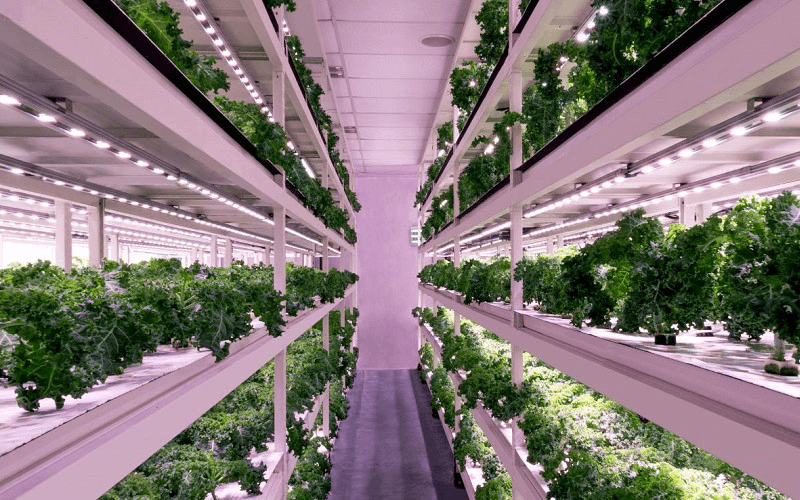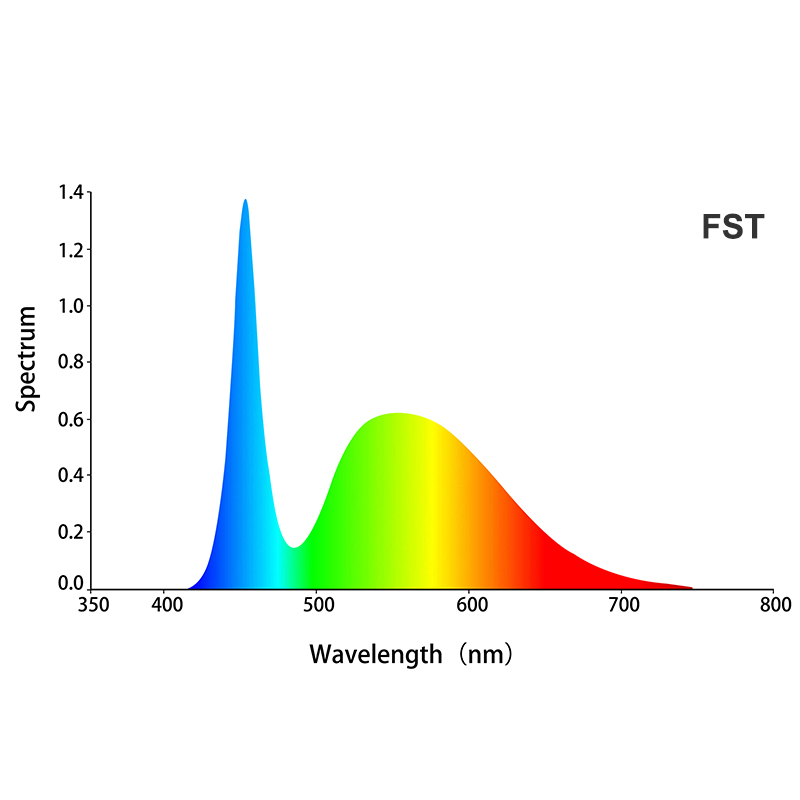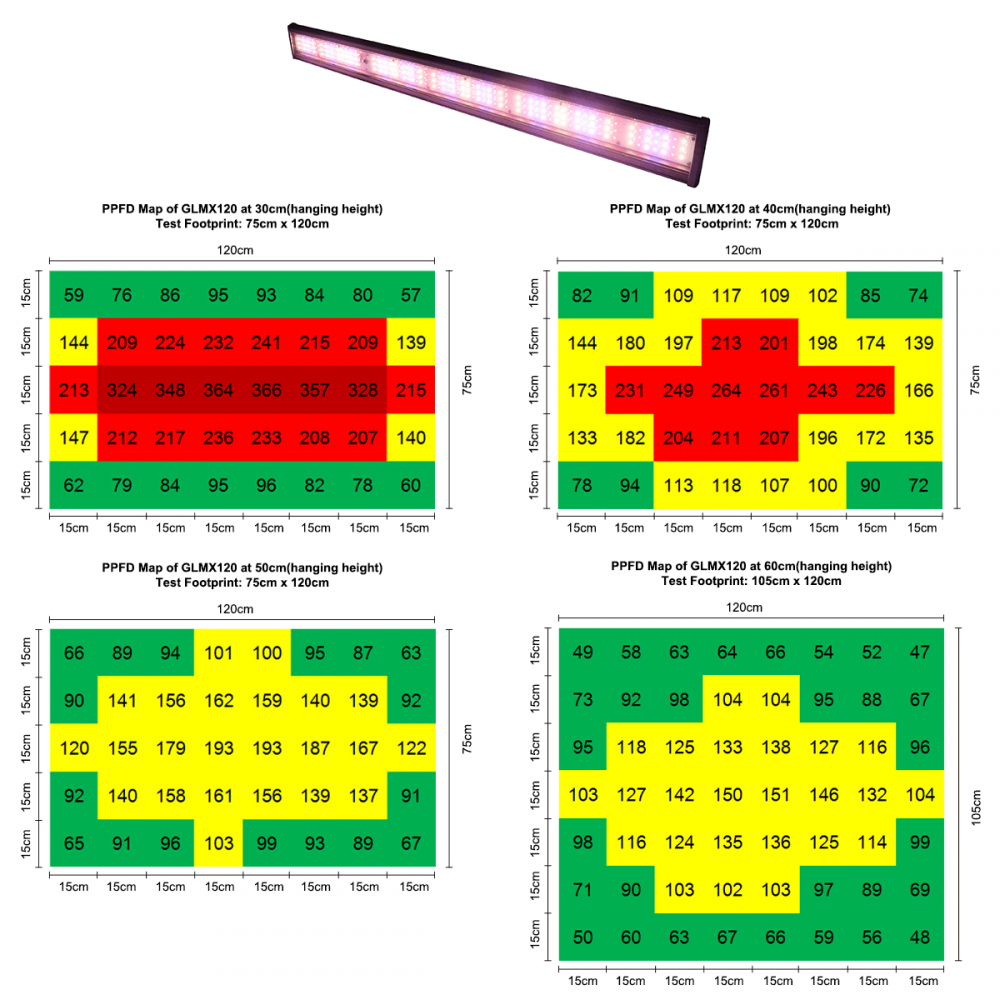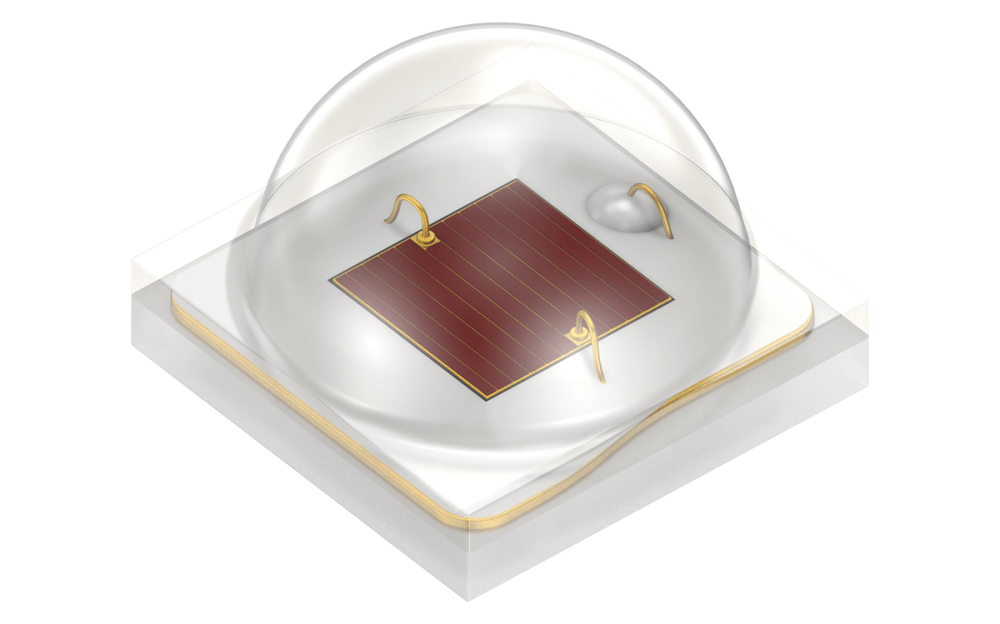
How to use LED plant Growth lights correctly? -- Beginner's guide
- date: 2021-12-01
- category: Industry knowledge
- click:
At high altitudes, high latitudes, water scarcity, infertile land, and densely populated urbanized areas with limited land for plant cultivation, all plant growth factors such as effective light hours, thermal intensity, and humidity are compromised, and climate change makes outdoor plant growth a challenge.
This is why the natural photosynthesis of plants may not meet the growth expectations.
Therefore, this is the reason why you should use LED plant grow lights. First and foremost, LED grow lights are environmentally friendly and have the most important advantages. Fast start-up, low power consumption, and no flashing lights are energy saving advantages.
Likewise, if you use LED plant grow lights, then photosynthesis of the plants will be enhanced. If conventional lighting is not possible, the growth rate of plants will be increased. For example, spinach and radish growth will be improved, as will morphological indicators.
Likewise, if your country is located in an area where winter dominates, then LED plant grow lights will be very beneficial.
What is LED plant light?

The idea of using it cannot be realized without knowing what LED growth light is. Therefore, LED plant lights are mass-produced lights. They are energy and space saving plant grow lights. LED has several applications.
Previously, LED lights were applied only for auxiliary lighting. Growers can use HID grow lights, but to get more power, we need to use LED grow lights if the plants need extra light.
With the improvements in LEDs, larger LED panels can provide light for the entire grow room. LEDs are not needed when other lighting systems require large ballasts as well as cooling systems. You can hang round or square or any other shape of panel above the plants.
Features of LED plant light
When you use LED plant grow lights, you should understand its functions. Therefore, here are some basic functions of LED light-emitting lamps:
Precise wavelength output

Some claimed that plants could not grow under LED lights. But now, with advances in the field and the discovery of blue LEDs, that view has changed.
For plants, specific wavelengths of light are necessary for photosynthesis and growth.
Scientific experiments have determined that red and blue wavelengths are the most important wavelengths. Shop lights or conventional led lights do not emit blue and red light, which is essential for plant growth. These are specific to human vision.
Understanding power (W)
Wattage is a measure of the energy input required for light. The output of an LED lamp depends not only on the function of the wattage, but also on the quality of the other components and design. These components are
LED chip quality
Lamp bead density
Optical design
Heat sink
LED drive power supply
The increase in power reduces LED efficiency due to the increase in temperature in the electronic circuit board. Therefore, when LED manufacturers claim that wattage is a measure of plant growth capability, it is questionable. Therefore, you need to have a great deal of knowledge about wattage and PAR, and it must depend on the manufacturer's information.
Light intensity

If you can use a light meter, you can measure the light source at different distances. You will then find that the light intensity decreases as the distance between the light source and the illuminance meter increases. You can understand the relationship between the laws of physics of light intensity and distance to the light source.
Manufacturers can position grow lights higher above the vegetation and illuminate a larger footprint. The output will then be higher if the LED discharge light is designed to be closer to the plants. The light intensity is lower at the edges.
The leaf tissue can touch the well-designed LEDs because they operate at a low enough temperature so that the tissue does not suffer any damage. Therefore, you can keep these lights close to the plant. Although, the light intensity is a limiting point because too much will burn the plant tissue.
LED chip quality

Diodes should have certain specifications to emit the actual wavelength. Well-known manufacturers use sophisticated processes, i.e. they produce diodes that will emit the correct wavelength of light. In addition, some other manufacturers produce inexpensive LEDs to appeal to the budget-conscious shopper.
Cheap LEDs may not emit the specific wavelengths needed by the plant, and the light intensity may vary. Customers should be aware of these facts.
LED Lenses
The quality of the LED depends on the lens attached. The optical lens will affect the size and output. If it does not provide the desired footprint and proper intensity, then the health of the plant will not be up to par. This is how you measure quality.
Why use LED plant lights?
Knowing the benefits of using something will inspire you as to why you should use it. Let's look at the benefits of using LED plant grow lights.
Longer life span
This is the significant advantage of LED plant grow lights. These have an extended life of 50.000 to 100.000 hours, which means why use LED plant grow lights for five years or more continuously. Before you buy, check the specifications of the model and purchase one with a life expectancy of at least 50.000 hours.
These lights have a lower energy consumption than regular lights. The most unique thing about LED plant grow lights is that they give a warning before the power is cut off. At maximum life, some chips will dim, while some will emit less bright light.
This gives you time to make replacements. The device offers a number of models for replacing individual chips.
Flexible Features
You can use LED plant grow lights in any way that doesn't stop the clap. You can make use of these lights. Therefore, all gardeners prefer to use LEDs. place the bulbs and panels near the plants to give them maximum brightness.
Increase the brightness
Normal plant light emits more heat than light. Both are vital for plant growth, but limit the ratio. LED grow lights provide you with a balanced ratio of heat and light.
This is because they are designed in such a way that they can provide more light as well as less or optimal heat. In this regard, you should know that too much heat can affect plant growth.
Efficient for growth
When plants receive optimal light, their growth will accelerate. Adjusting the duration of daylight will further increase the amount of growth. The results are dramatic in horticulture.
No ballast or reflector required
Because LED grow lights do not require ballasts, they are lighter than regular grow lighting systems. You can put them into a regular light fixture so you won't encounter any problems. Since LEDs have their own reflectors, no additional reflectors are needed.
Precise spectral rationing
When you grow plants at home or outdoors according to greenhouse technology, you need to check and control the conditions.
In our research, we have seen that when plants have a specific wavelength of light, they absorb a maximum chlorophyll of 400-500 nm and a maximum absorption range of 600-700 nm. LED lights are able to meet that range.
How to use LED plant lights?
The process of using LED plant grow lights is given here. Follow the steps.
Step 1.
Adjust the height of the light hanging above the plants.
Early plant growth stage - Place the light about 300mm above the plant. Thus, it ensures a minimum length between nodes and provides inter-node.
Nutritional phase - Now increases the distance between the light and the plant, which may be between 300-600 mm. Plants with a lot of leaves need to be lowered so that light can reach the lower branches of these plants. Also, keep the LEDs above 300 mm if your plant needs a higher level of light, or above 600 mm if we need a lower level of light.
Flowering, germination stage - Here you can also maintain a height of 300-600 mm from the canopy. But 400 mm is a favorable height above the canopy.
Step 2.
Change the way you water. If you are just starting out with LEDs, watering may cause some problems.
Watering guidelines are mainly based on HPS lighting. During this process, evaporation occurs. This is why watering is necessary. However, when it comes to LED grow lights, watering or feeding is not an issue. Therefore watering may be dangerous for the plants.
Step three.
Then the plants need to be fed. But this is not what you want. In the presence of LED grow lights, there are specifications for feeding.
You need to provide your plants with a 30% HPS lighting source. Add Cal-Mag when your plants are growing under LED lighting.
In hydroponic systems, evaporation is reduced, so you must provide less nutrients.
Step 4.
In winter, you need to provide more heat in the room. This will promote the growth of the plants. The heat in the growing area is much less than the heat from HPS lighting. Therefore, in winter, this may cause some problems, so if you use LED plant grow lights, you should pay attention to the plants.
Special Tips
Installing multiple lights at the same time
LED plant grow lights can produce a targeted light output. This is possible through the use of optical elements. Therefore, you can focus on a specific part of the growth and therefore can repeat for each part. If multiple sections are implemented, the plants will be protected. It will distribute the maximum amount of light and can save money. A qualified lighting company can help you and will plan everything for you if you ask.
Setting the light cycle
Life cycles are critical to the biological life of crops. Growers can manipulate it by increasing or decreasing the amount of light hours. Greenhouse growers can do this by using blackout curtains and additional lighting. During the plant growth phase, it takes 18 hours of daylight per day. Nutrient crops require 17-18 hours of light per day.
Light intensity
The sufficient light levels required for flowering are 400 and 700 uMoles / m-2s. The light should be evenly distributed over the canopy. Please be aware of the LED plant grow light as its illumination is directional. Less than 10 inches of light may result in bleaching.
SOG and SCROG techniques will help create a blooming canopy depth between 12" -16" and the light will reach all locations. If any flowers fall below this level, prune at the end of the second week. By the fourth week, remove all large fan leaves so they can be illuminated. It is critical to ensure consistent light pathways.
Temperature
78F is the best temperature for any plant to appreciate. You should monitor root zone temperatures. Air temperatures above 85°F require cooler dark period air temperatures.
Nutrients
As the temperature rises, the nutrient concentration in the dry zone rises. It can produce toxic levels in the root zone. Therefore, reduce nutrient concentrations by 25-30%.
Safety measures
Wear goggles when using the equipment in the greenhouse, as some of these lights emit UV light.
Work under LED lights any time to protect the skin.
If the surface is too hot, increase the distance between the LED light and the surface. For low power systems, a 2 to 3 foot difference between the light and the top of the plant is OK. High power systems require 4 to 6 feet.
Wires and fixtures should be located away from the irrigation system.
If you prefer to use fluorescent bulbs, choose grow bulbs that do not have any toxic coating. Therefore, no chemical hazards will occur due to breakage.
Use protective mirrors to properly install lighting to minimize the risk of toxic substances such as mercury.
Frequently Asked Questions
Should you keep the lights on all the time?
It depends on the stage of growth. During the growing stage of plants, 24-hour lighting will not cause any problems. But in the flowering or fruiting stage of hydroponic tent FAQ, 12 hours of light is required.
Will ordinary LED lights produce the same results?
Yes, but this is not a wise decision. After good soil, the quality of light will be the most important investment.
Can you invest in dimmable lights to adjust the spectrum?
For dimmable lights, there is no need to adjust the height, which is the main purpose of using it. The range of dimmers includes vegetable dimmers and generous dimmers.
Final thoughts
In today's climate change, growing plants is an amazing job. Therefore, you can contribute to the protection of the environment by making it greener. Therefore, a thorough understanding of growth is essential. In addition, light intensity may vary in a given season compared to what it used to be.
As a result, plants or crops that you have previously produced must undergo changes and production can be hindered. Keeping all this in mind, LED grow light investment is the best option. Well, one may not use it wisely but surely soon it will become the most used one.
If you browse through this article, then you will know why. With so many advantages, you will not find any other advantage. You can save money and intensity by using LEDs. So, if you are a grower, then it is time to invent LED grow lights.
